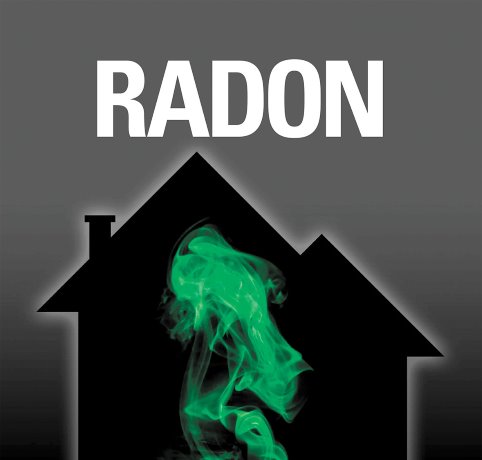Radon is a naturally occurring radioactive gas produced by the breakdown of the uranium in soil, rocks, and water—is present in all houses. Left unmitigated, high levels of radon can present significant health risks, so testing is an essential element of responsible homeownership. Long-term testing, advocated by Health Canada, provides the most accurate measure of indoor radon. It is inexpensive and can be accomplished by the homeowner. Modifying a house to lower radon levels is relatively inexpensive, with costs being comparable to other home maintenance expenses, and there are a variety of options available. A qualified radon specialist can help homeowners make an informed decision.
WHAT IS RADON?
Radon is a radioactive gas that is odourless, colourless, and tasteless. It is produced by the breakdown of uranium found in sediment (soil), rocks, and water. When radon is released into the atmosphere, it gets diluted and poses a negligible risk to human health. However, if radon accumulates inside a home, it can pose a severe health risk. Radon is found throughout Canada, but concentrations differ depending on the composition of the bedrock or sediment.

 Facebook
Facebook
 X
X
 Pinterest
Pinterest
 Copy Link
Copy Link

